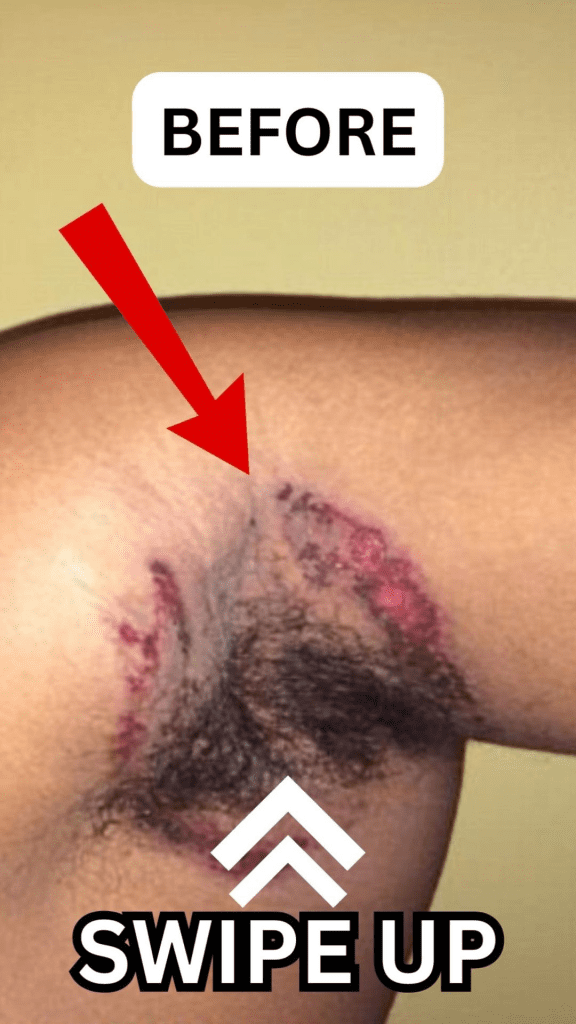
Most of us go about our daily lives without giving much thought to small changes in our bodies. But sometimes, what seems like a minor quirk—dry lips, a white spot on your nail, or a strange skin tone—could actually be your body’s way of signaling a deeper issue.
Here’s the truth: Your body is constantly talking to you. The real question is—are you listening?
In this guide, we’ll uncover eight subtle but potentially serious signs your body might be giving you, and why it’s important to pay attention.
Video: 8 Signs that You have Cancer
1. Yellow-Tinted Skin or Eyes? It Could Be More Than Just Lighting

If you’ve noticed your skin or the whites of your eyes turning yellow, it’s time to take a closer look. This condition—known as jaundice—isn’t something to brush off. It often points to liver issues or a buildup of bilirubin in your bloodstream.
Jaundice can result from hepatitis, gallstones, or even certain infections. Regardless of the cause, it’s always worth getting checked by a medical professional.
2. White Spots on Your Fingernails
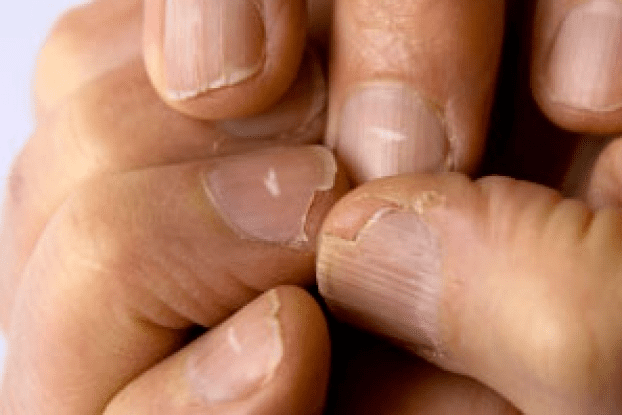
Small white dots on your nails might not seem like a big deal, but recurring ones can indicate a deficiency in essential nutrients like zinc or calcium. In some cases, they could also suggest minor trauma to the nail bed or even systemic health conditions.
Think of your nails as an external reflection of your internal wellness. If you notice changes—especially if they’re frequent—it’s worth paying attention.
3. Cracked Lips That Won’t Heal
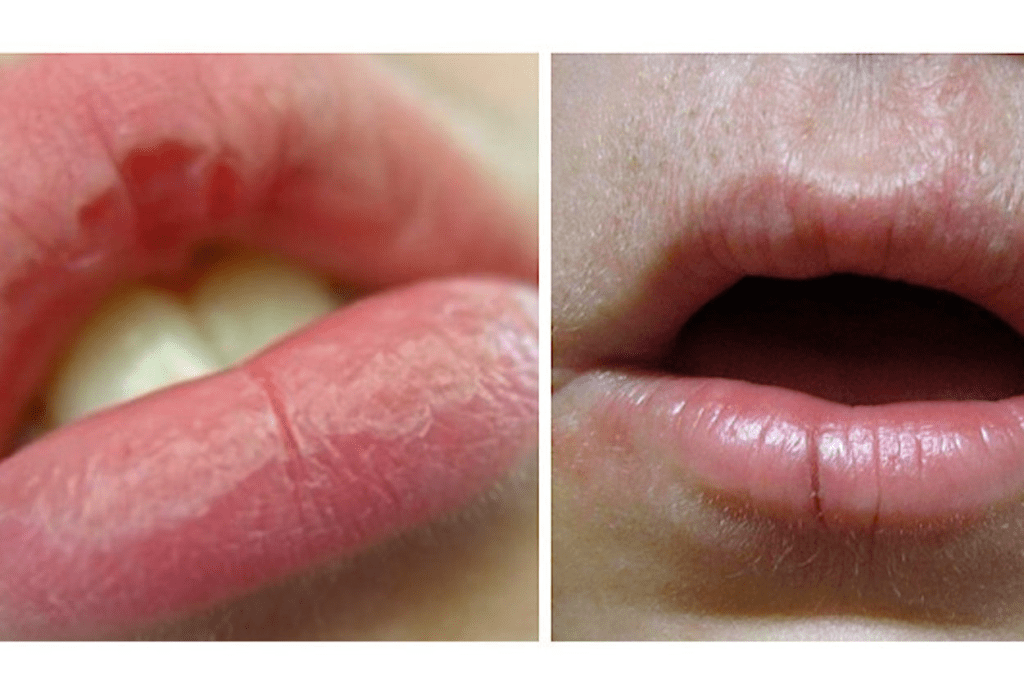
We all deal with chapped lips occasionally. But if your lips remain cracked even after using balms and hydrating, there could be an underlying cause.
Persistent lip cracks—especially at the corners—may signal a vitamin B deficiency, an allergic reaction, or even a mild fungal infection. If you’re dealing with ongoing dryness despite good skincare habits, it might be time to reassess your diet and skincare routine.
Video: 23 Signs Your Body Needs More Nutrients: How to Address the Deficiencies
4. Curved or “Clubbing” Fingernails
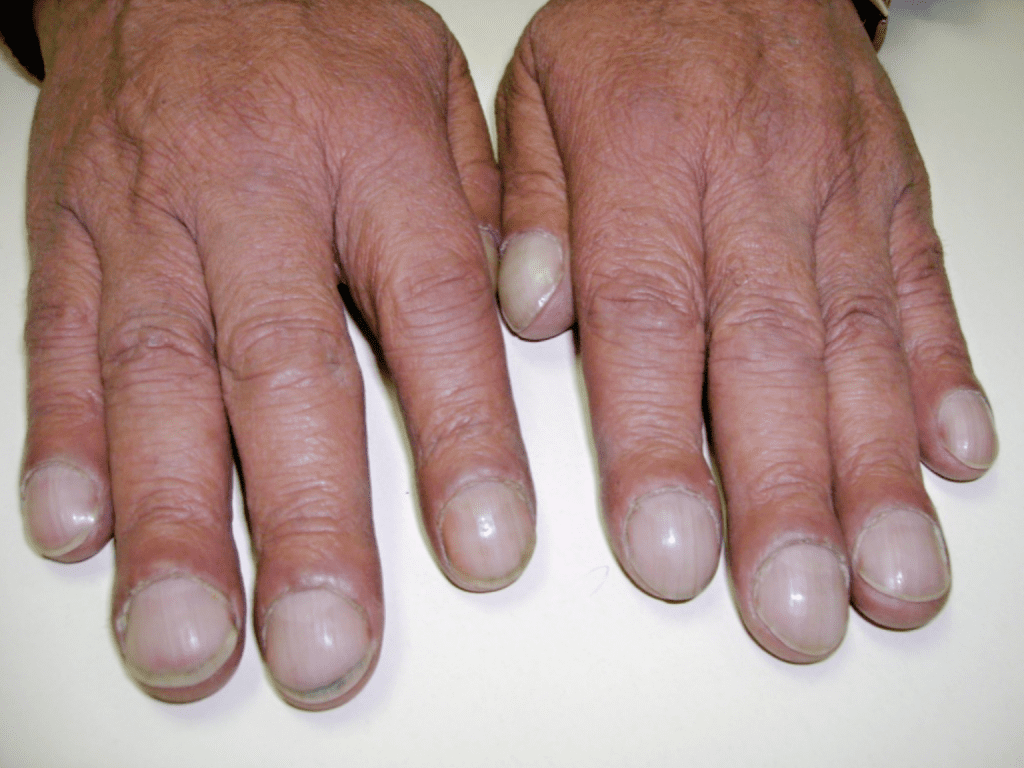
Do your nails curve downward at the tips or appear swollen around the nail bed? This phenomenon, called nail clubbing, can be associated with chronic respiratory or heart conditions.
While not painful, this subtle change in your nails can be an early red flag for conditions such as COPD, thyroid disease, or digestive disorders. If your fingers look different and you’re feeling off, don’t delay seeking advice.
5. Frequent Mouth Sores or Ulcers

A mouth ulcer every once in a while is usually harmless. But if you constantly battle painful sores on your gums, tongue, or inner cheeks, your body could be alerting you to something more serious.
Possible causes include vitamin B12 deficiencies, stress, hormonal imbalances, or immune system issues. Persistent or recurring ulcers should be evaluated by a healthcare provider.
6. Small White Bumps Near Your Eyelids

Tiny white bumps near the edge of your eyelid could be styes, which are often caused by clogged oil glands. While usually not dangerous, recurring styes could be a sign of underlying conditions such as poor hygiene habits, stress, or even high blood sugar levels.
If they keep coming back, it might be time for a closer look at your personal care routine—or even your overall health.
Video: 9 Symptoms You Should Never Ignore If You Have Pain
7. A Grey or White Ring Around Your Eye
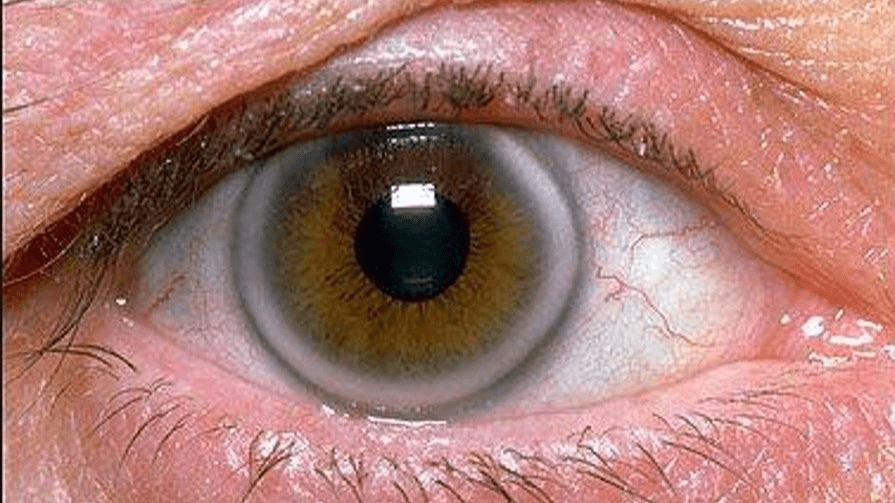
If you’ve ever noticed a grey or white arc around the colored part of your eye, you might be seeing something called arcus senilis. While it’s common in older adults, it can be a cause for concern in younger people.
In those under 40, this subtle ring could be an indicator of high cholesterol—something that increases the risk of heart disease. If you spot this symptom, it’s a good reason to ask your doctor about a lipid panel.
8. A Bright Red Tongue
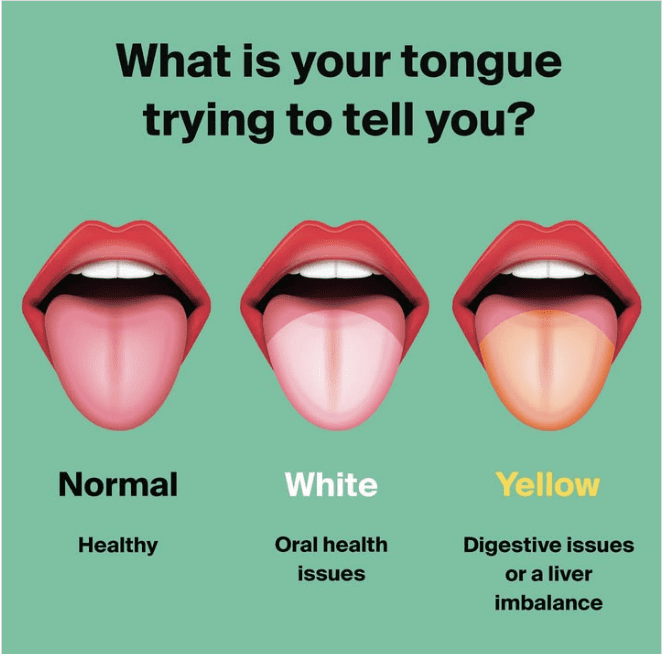
Your tongue can be a surprisingly helpful diagnostic tool. A healthy tongue is typically pink with a light white coating. But if your tongue turns bright red or develops a glossy surface, it may be a sign of vitamin deficiencies—especially B12 or folate.
In other cases, a red tongue can indicate an inflammatory condition, a viral infection, or an adverse reaction to certain foods. It’s always smart to consult a dentist or physician if changes persist.
Listen to Your Body Before It Shouts
Your body has an incredible way of offering hints before something becomes a major issue. The key is to notice and act early. If you’re experiencing one or more of these symptoms and they aren’t improving—or seem to be getting worse—don’t ignore them. Make an appointment with your healthcare provider.
What You Can Do Right Now:
- Stay hydrated – Water helps nearly every system in your body function properly.
- Eat a balanced diet – Focus on foods rich in B vitamins, zinc, and iron.
- Pay attention to recurring symptoms – Especially if they involve skin, nails, or energy levels.
- Don’t delay medical visits – It’s always better to be safe and catch issues early.
Final Thought
While some of these symptoms might seem small, your body doesn’t send signals without a reason. By staying aware and proactive, you’re giving yourself the best shot at long-term health and wellness.
If you’ve noticed any of these signs, or have tips to share about your experience, drop a comment below. You never know—your story could help someone else catch something early.


